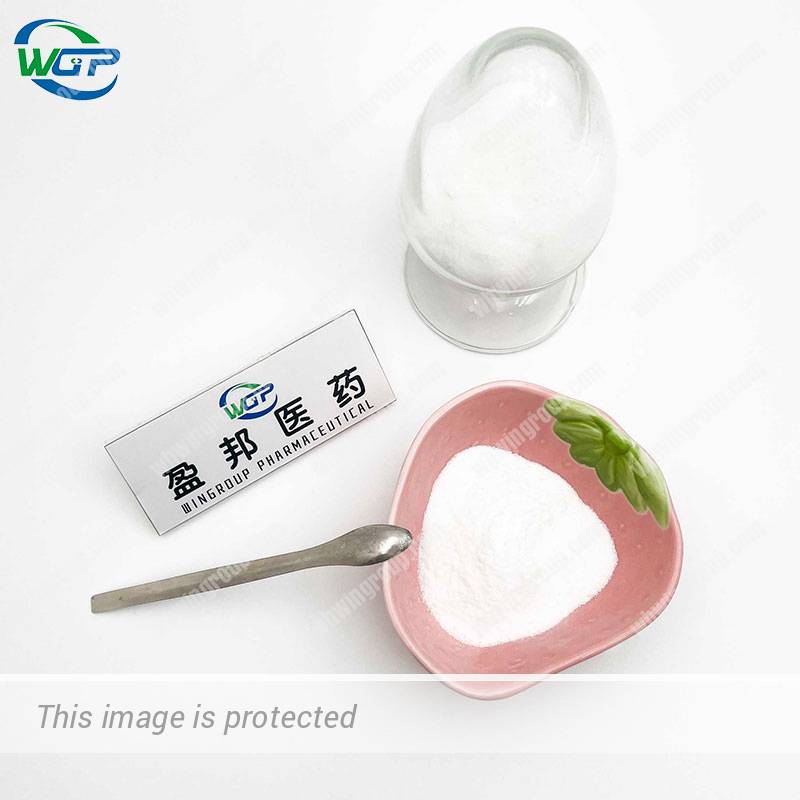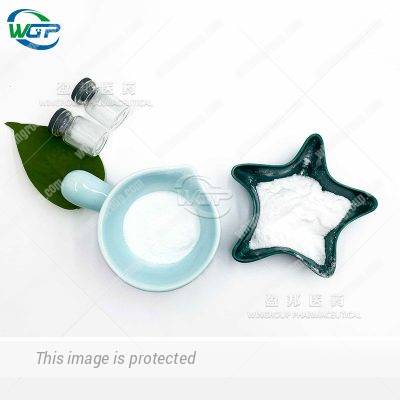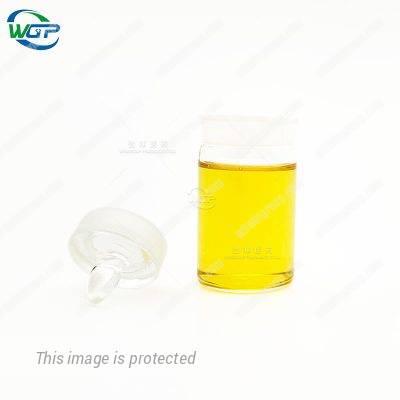Chlorhexidine Hcl
CAS:3697-42-5
MF:C22H32Cl4N10
ChEBI: Chlorhexidine hydrochloride is a member of guanidines.
- Description
- Our Policy
- Additional information
Description
Chlorhexidine Hcl CAS 3697-42-5 Product Information
| Product Name: | Chlorhexidine Hydrochloride |
| Synonyms: | Chlorhexidine dihydrochloride >=98%;Chlorhexidini Hydrochloride;1,1’-hexamethylenebis(5-(p-chlorophenyl)-biguaniddihydrochloride;2,4,11,13-Tetraazatetradecanediimidamide;2,4,11,13-tetraazatetradecanediimidamide,n,n’’-bis(4-chlorophenyl)-3,12-diimin;2,4,11,13-Tetraazatetradecanediimidamide,N,N’’-bis(4-chlorophenyl)-3,12-diimino-,dihydrochloride;ArlacideH;Biguanide,1,1’-hexamethylenebis[5-(p-chlorophenyl)-,dihydrochloride |
| CAS NO: | 3697-42-5 |
| Molecular Weight: | 703.83 |
| Molecular Formula: | C22H32Cl4N10 |
| Solubility: | Sparingly soluble in water and in propylene glycol, very slightly soluble in ethanol (96 per cent). |
| Melting point: | 111-116 °C |
| Density: | 1.284[at 20℃] |
| Appearance: | White Crystalline Solid |
| Storage: | 2-8°C |
Chlorhexidine Hcl uses
It belongs to the class of chemicals called bisbiguanides. Here’s some information about Chlorhexidine HCl:
Antimicrobial properties: Chlorhexidine HCl has broad-spectrum antimicrobial activity, meaning it is effective against a wide range of microorganisms, including bacteria, viruses, and fungi. It works by disrupting the cell membranes of these microorganisms, leading to their death or inhibition of growth.
Uses: Chlorhexidine HCl is commonly used as a topical antiseptic to clean and disinfect the skin before surgical procedures or injections. It is also used as a disinfectant for medical instruments and surfaces. In addition, it is found in mouthwashes and oral rinses for oral hygiene and in certain products for wound care.
Concentration and formulations: Chlorhexidine HCl is available in different concentrations and formulations, including solutions, gels, creams, and mouthwashes. The appropriate concentration and formulation depend on the intended use and the specific recommendation of a healthcare professional.
Duration of action: Chlorhexidine HCl has a prolonged duration of action, which means it continues to provide antimicrobial effects even after application. This sustained release of activity allows for longer-lasting protection against microbial colonization.
Precautions and side effects: While generally considered safe when used as directed, chlorhexidine HCl can cause certain side effects, such as skin irritation, allergic reactions, and staining of teeth or dental restorations. It should be used with caution in individuals with known sensitivities or allergies.
Prescription and over-the-counter availability: Depending on the concentration and formulation, chlorhexidine HCl is available both as a prescription medication and over-the-counter (OTC) product. OTC products with lower concentrations are typically used for oral hygiene purposes.
What is Chlorhexidine Hcl?
Chlorhexidine HCl, also known as chlorhexidine hydrochloride, is an antiseptic and disinfectant agent that is widely used in healthcare settings and personal care products.
| Transit time | You will normally receive your parcel within 7-15 working days after shipment (this may be delayed in special circumstances, such as Chinese New Year). |
| Receiving method | Generally we will send the goods by courier or special line, of course, if the goods themselves in the local warehouse have goods, also support self-pickup, depending on the circumstances. |
| Overseas warehouse | We have overseas warehouses in some European countries and Australia, such as Germany, Russia and Australia. |
| Delivery Method | WGP will ship via courier companies such as DHL, FedEx, UPS, TNT or EMS. |
| About After Sales | Within 7 days of your receipt of the goods if you find any problems with the goods (broken packaging, less hair, etc.) please feel free to contact our sales, we will help you deal with it in time. |
Additional information
| Melting Point | 111-116 °C |
|---|---|
| Solubility | Sparingly soluble in water and in propylene glycol, very slightly soluble in ethanol (96 per cent). |
| Color | White |
| Form | Powder |








Reviews
There are no reviews yet.